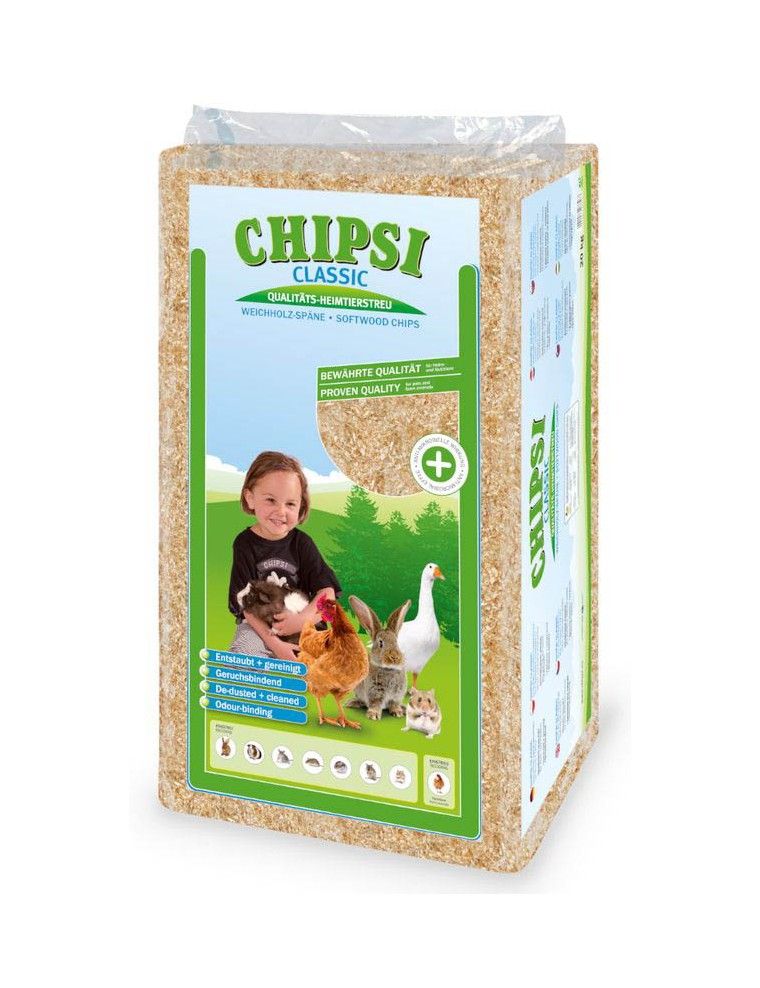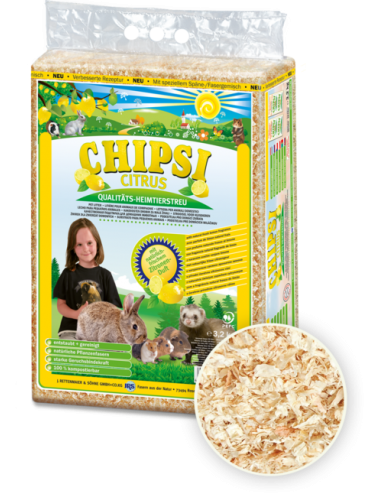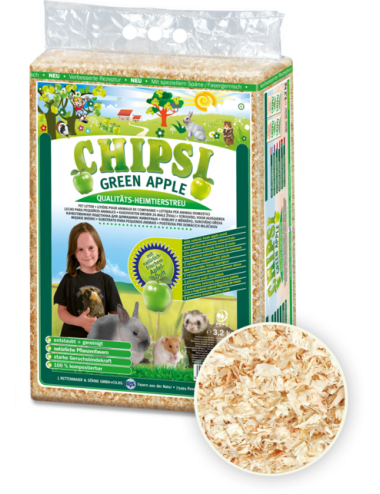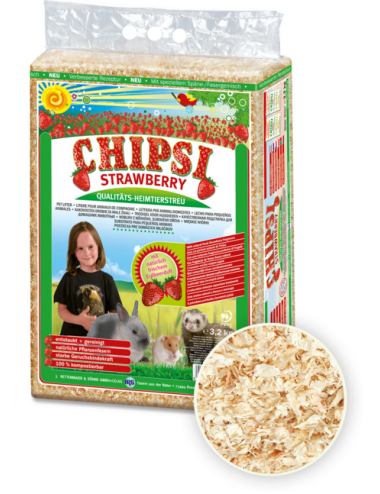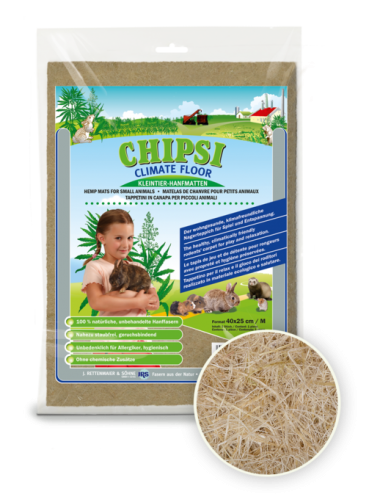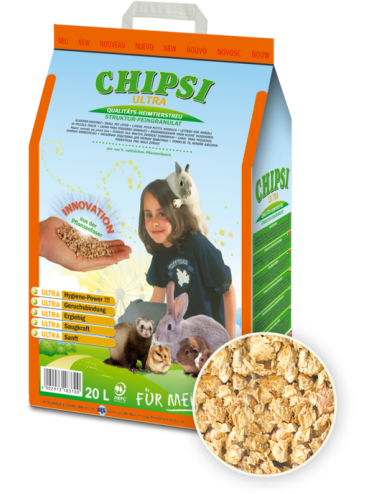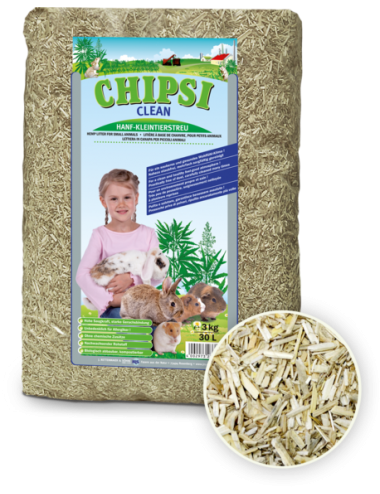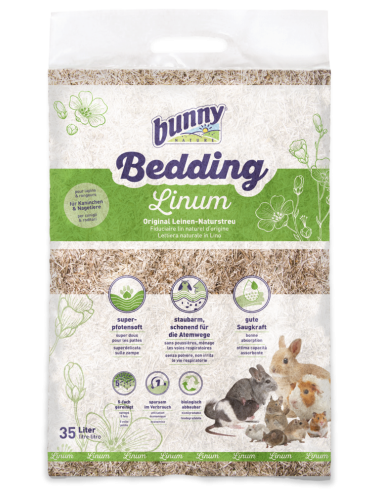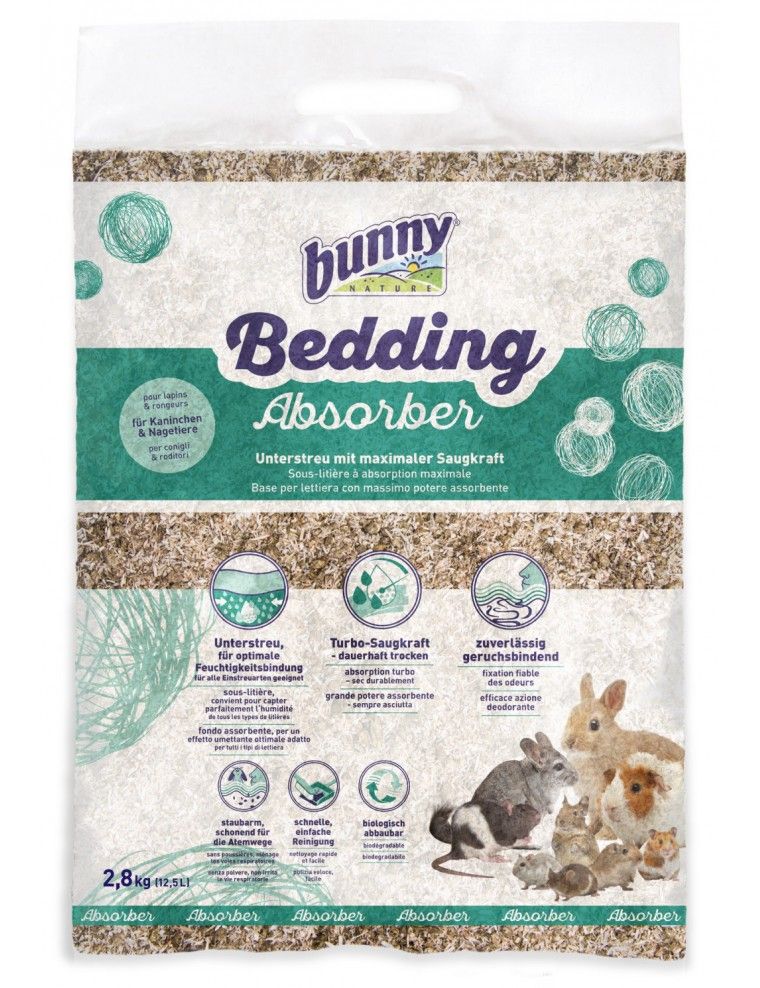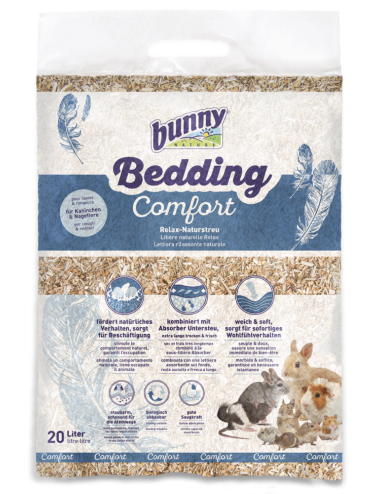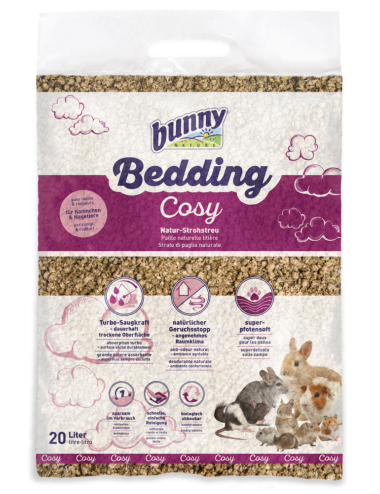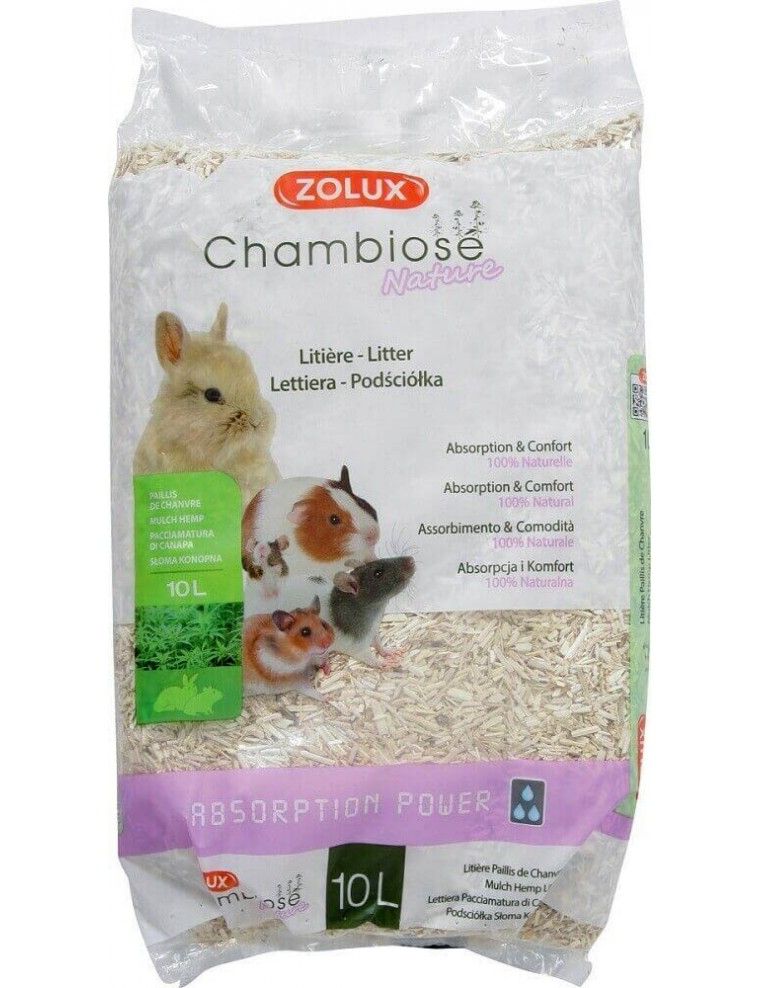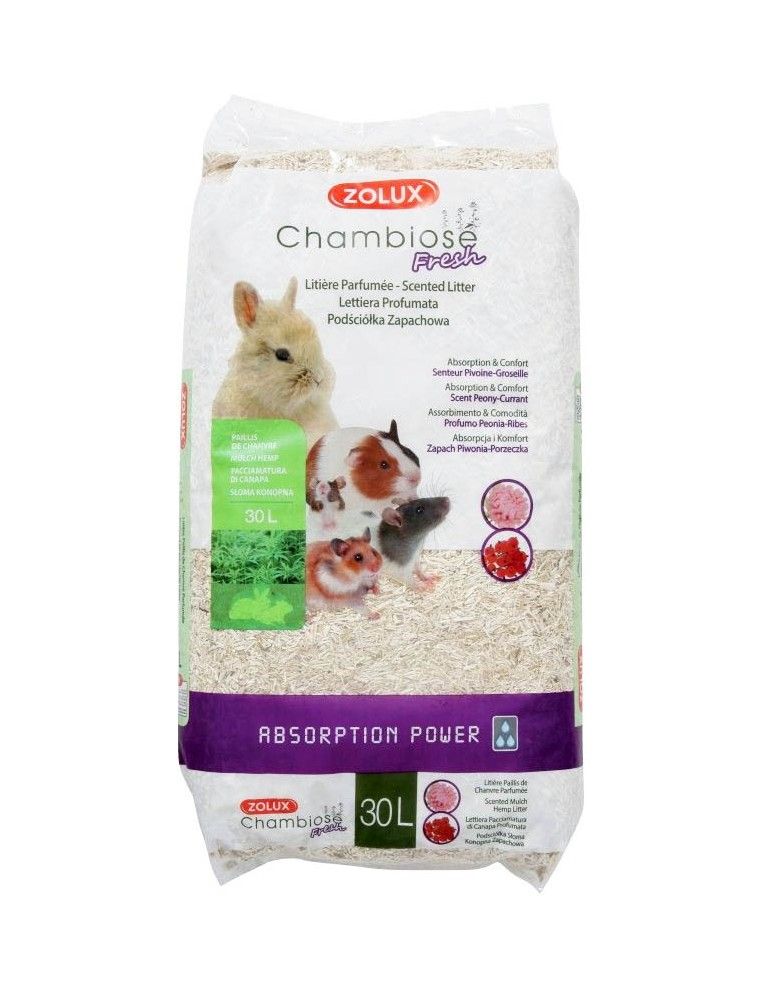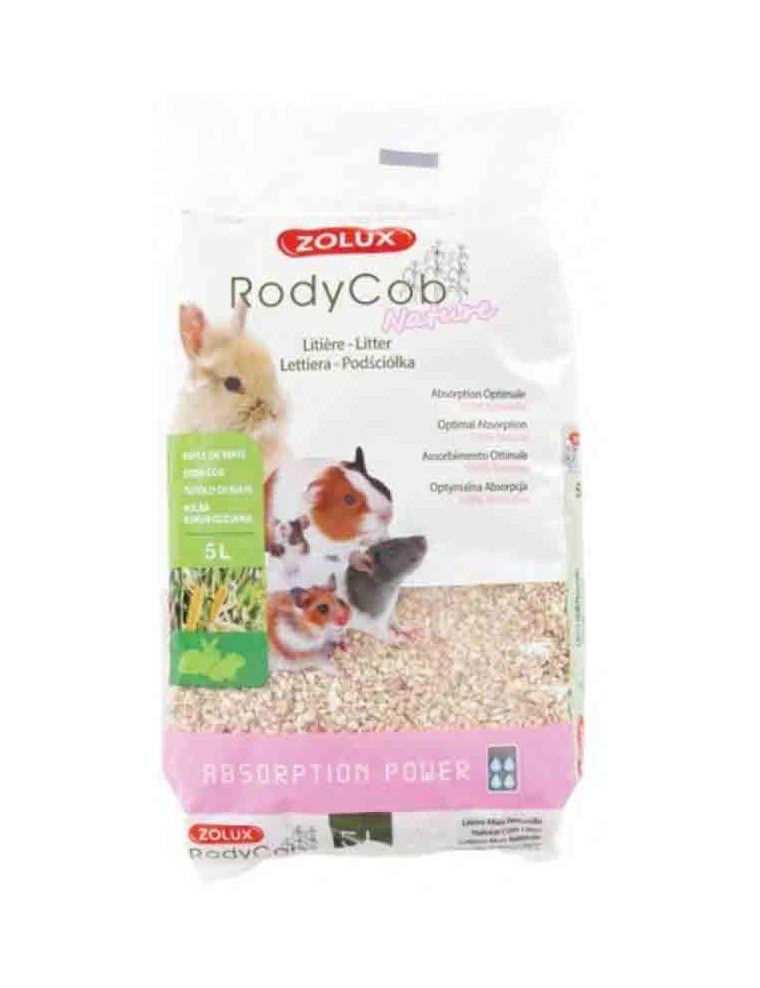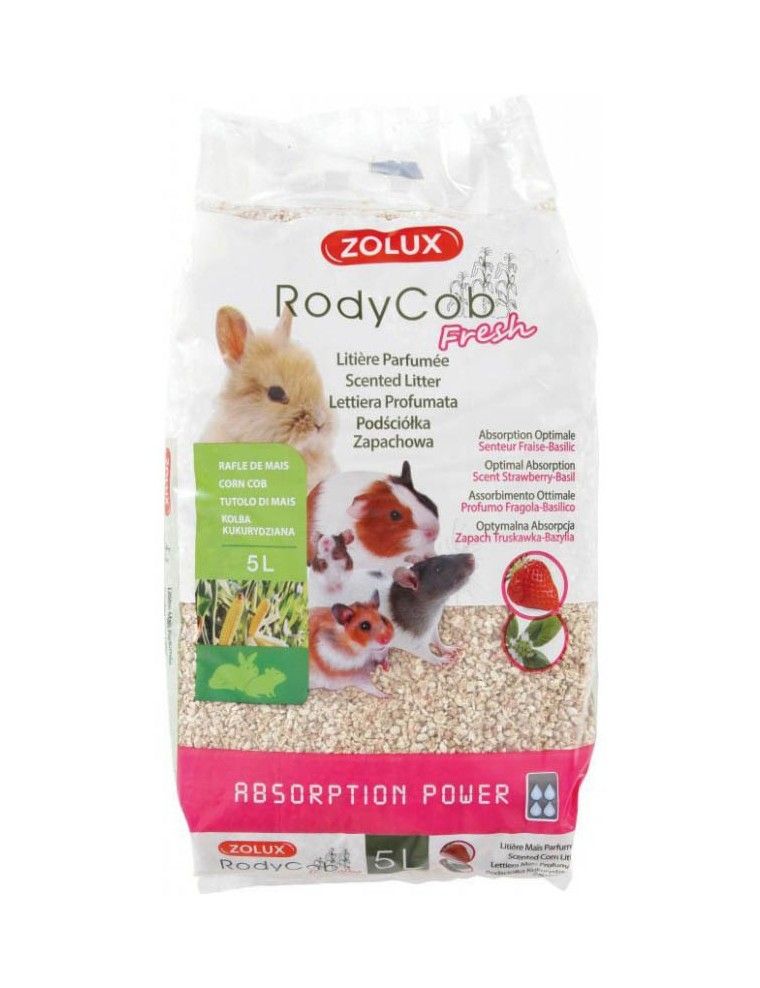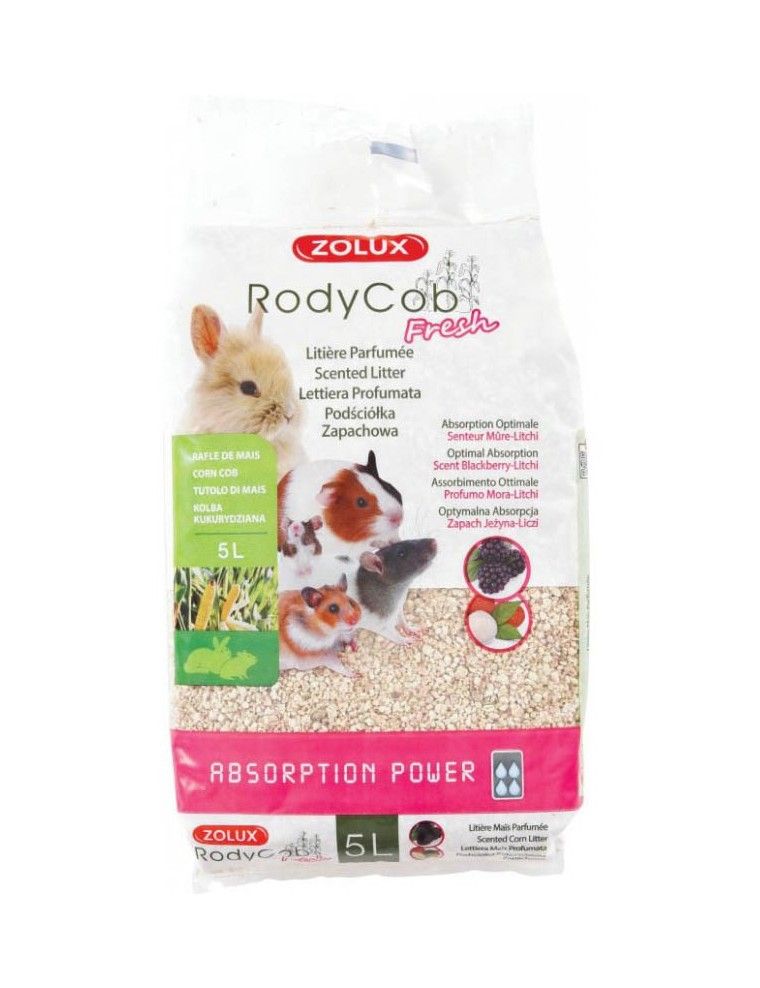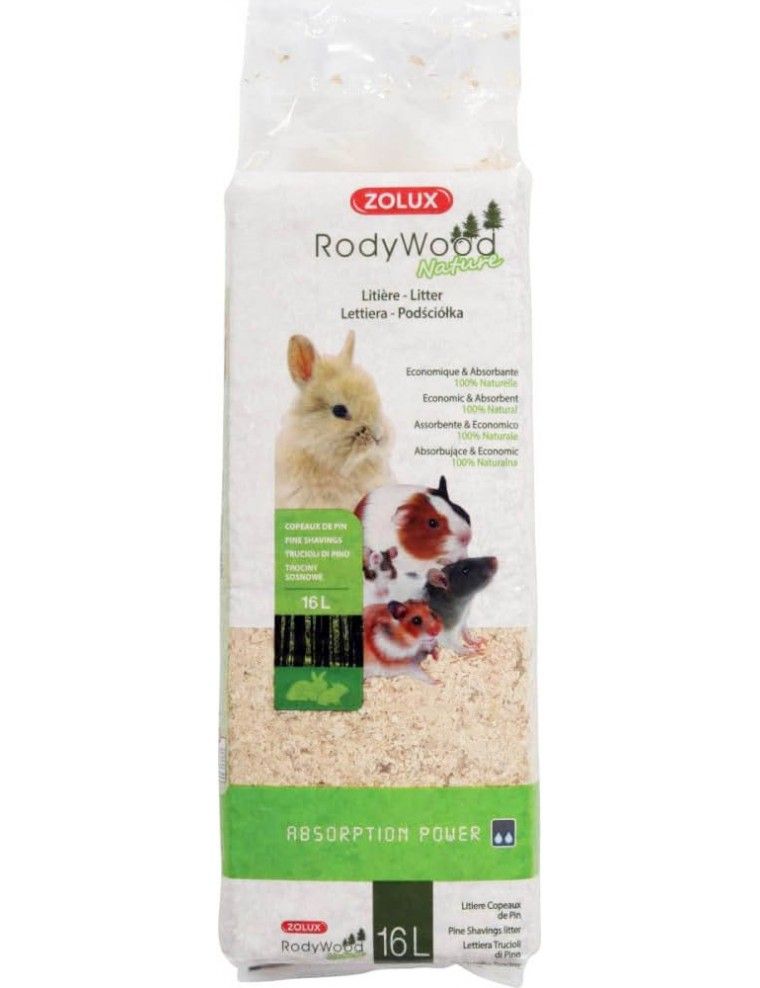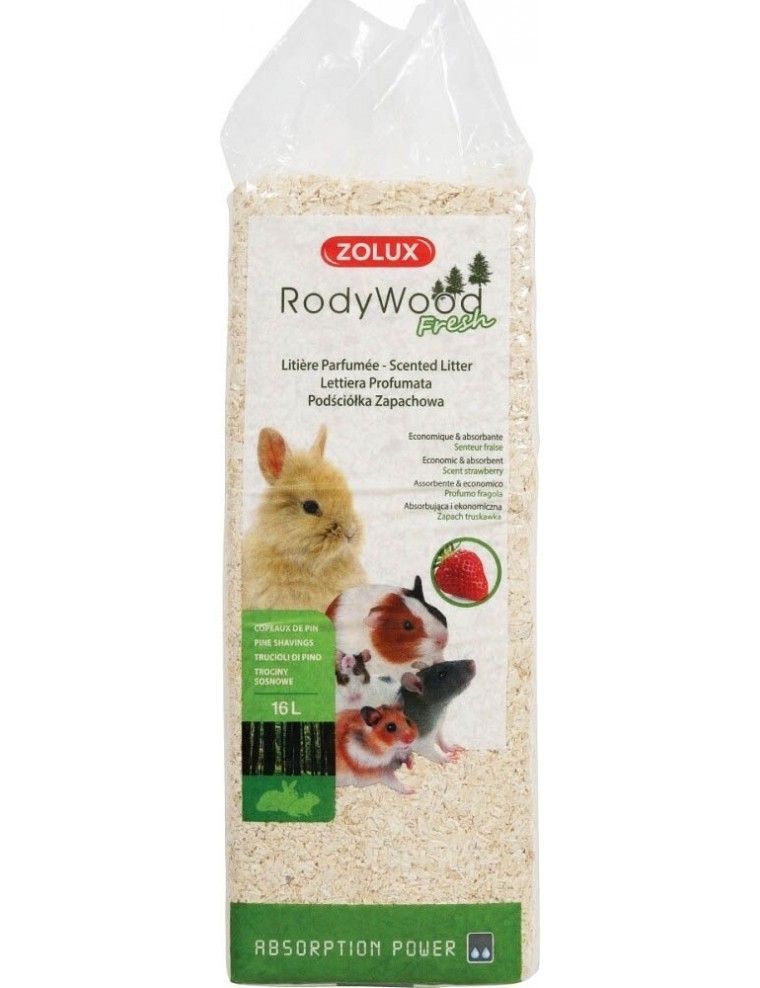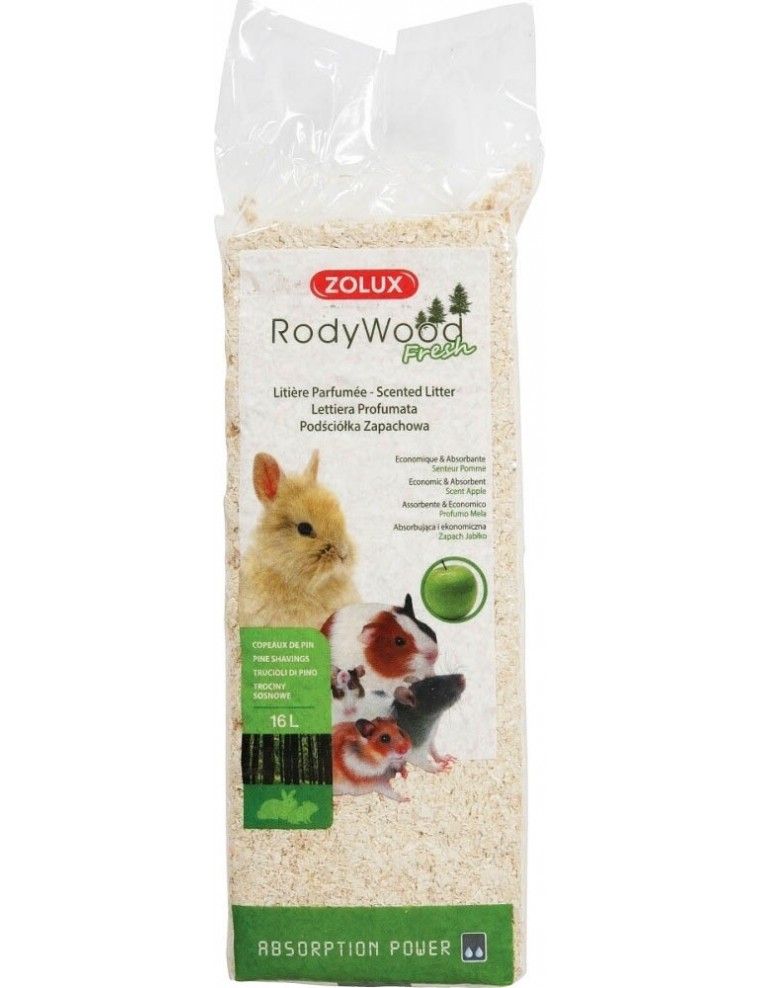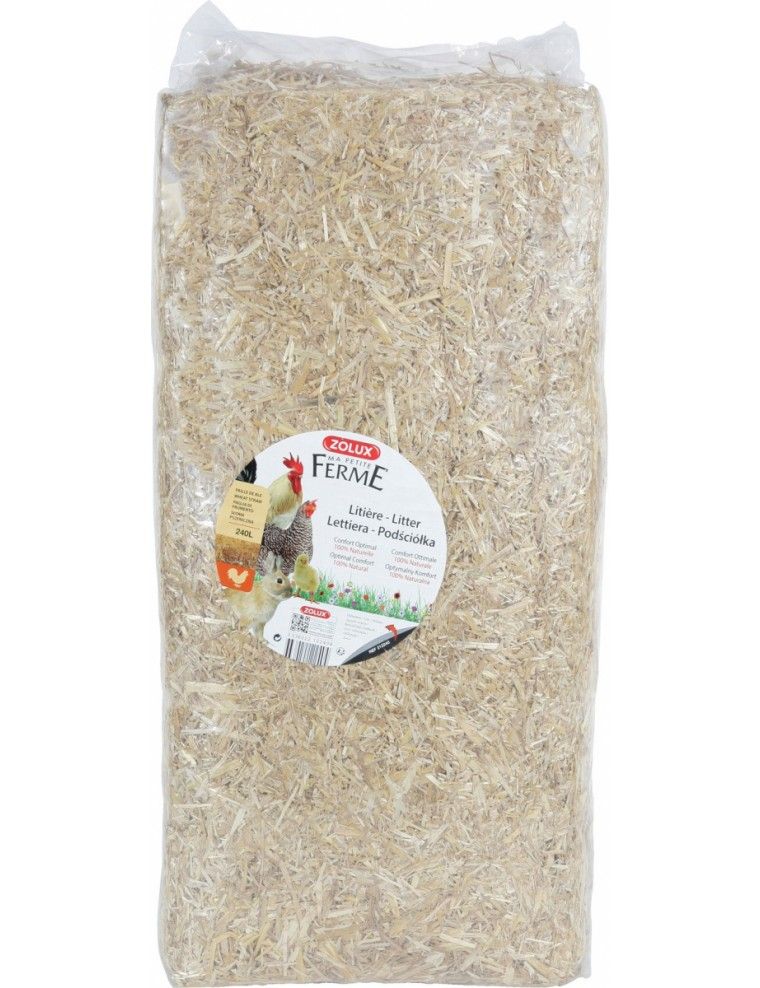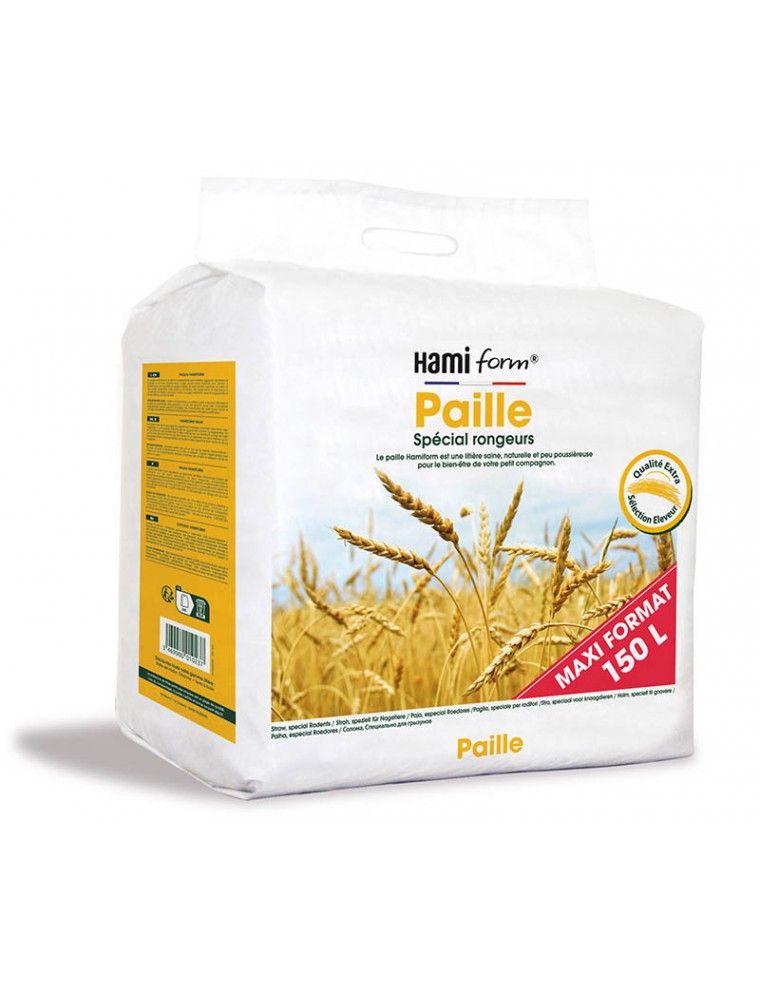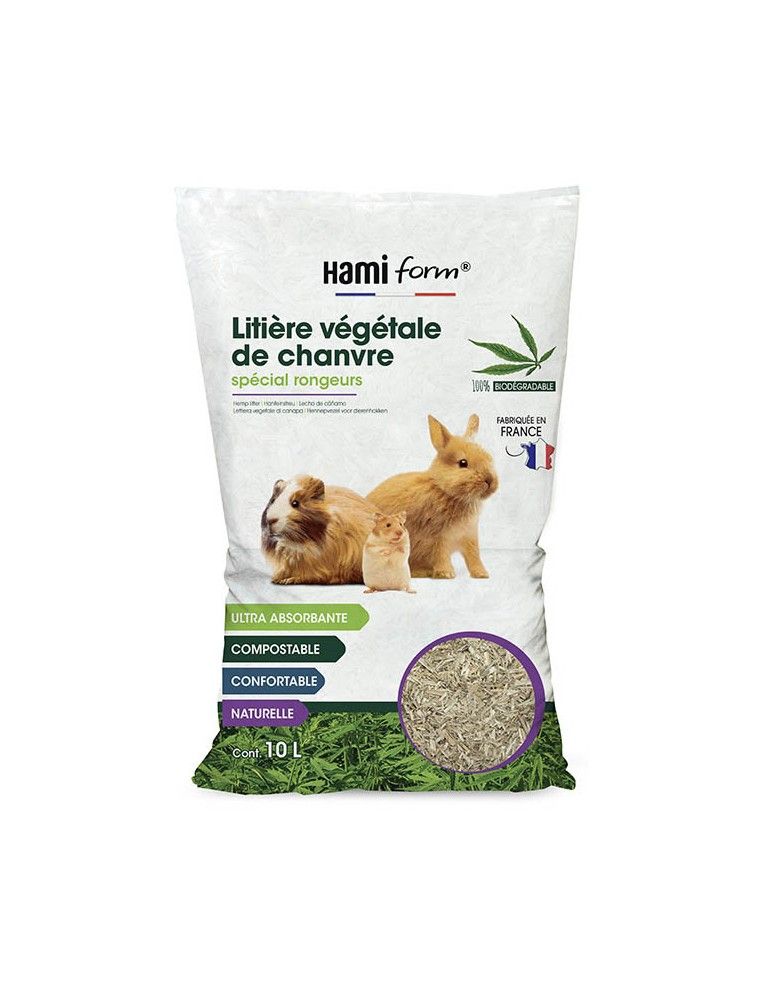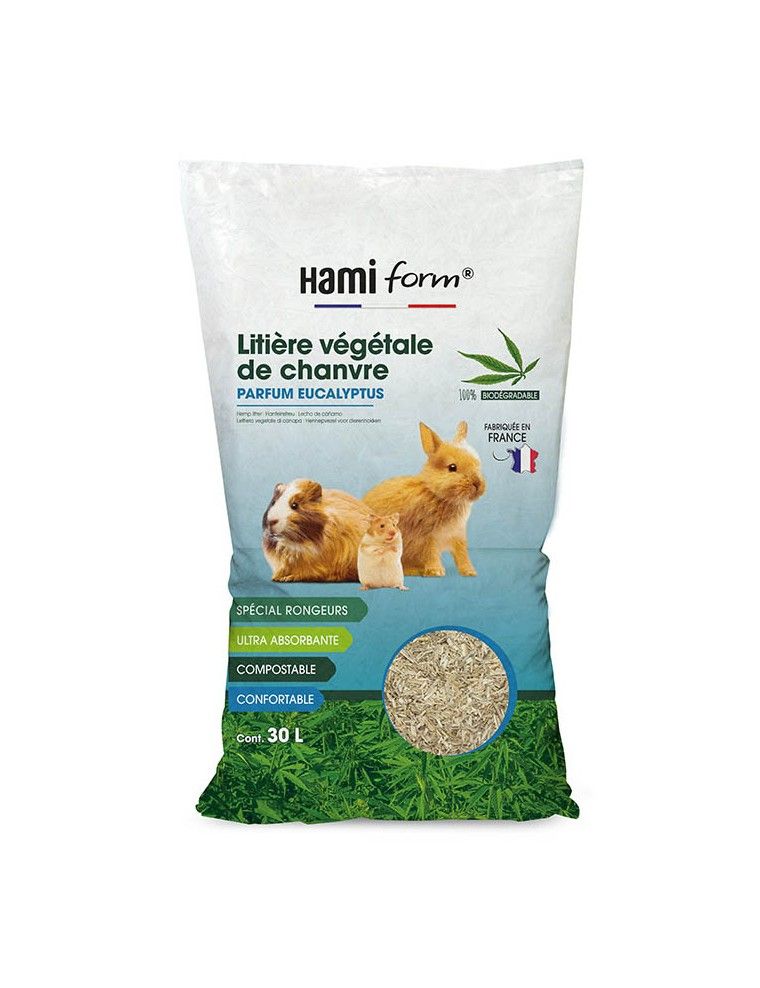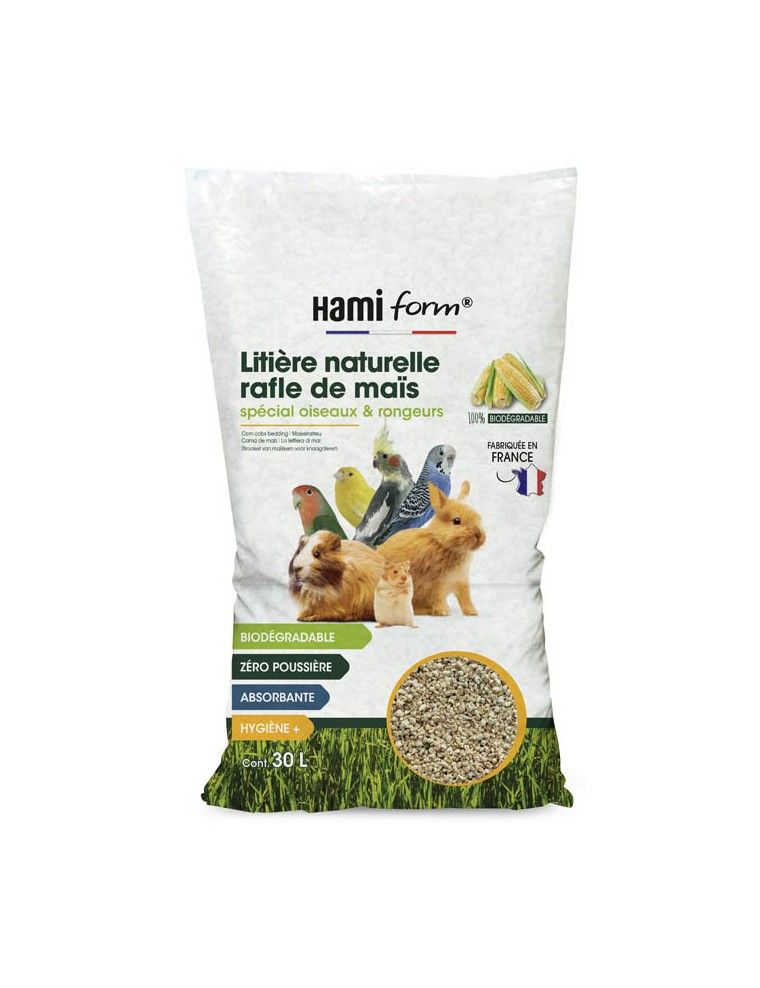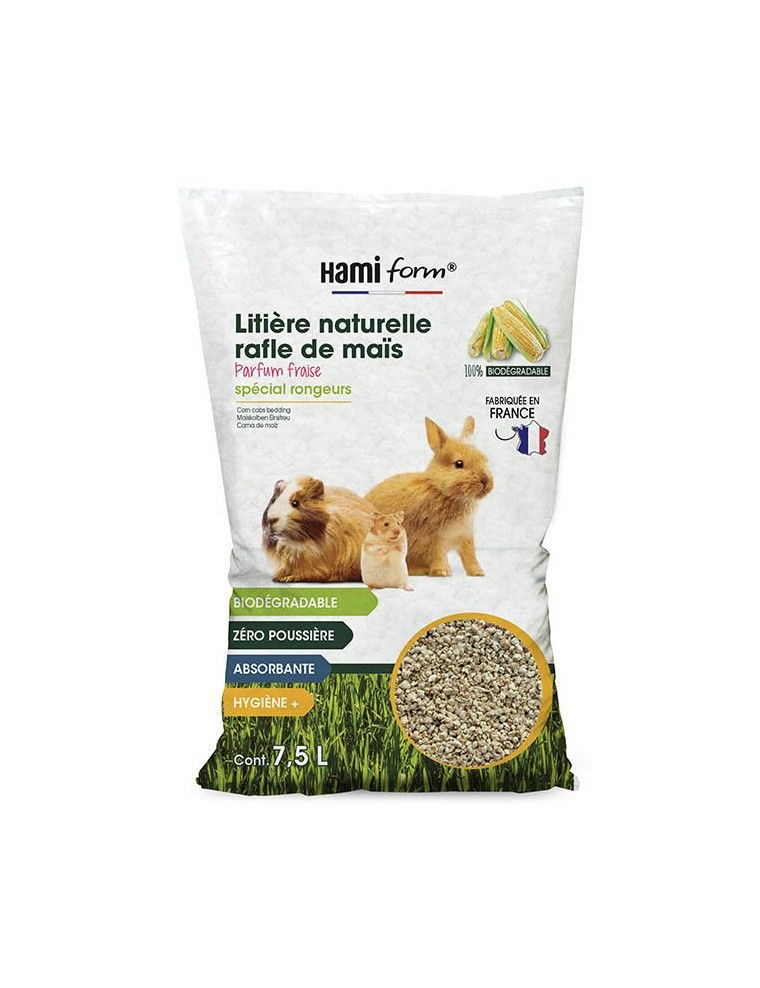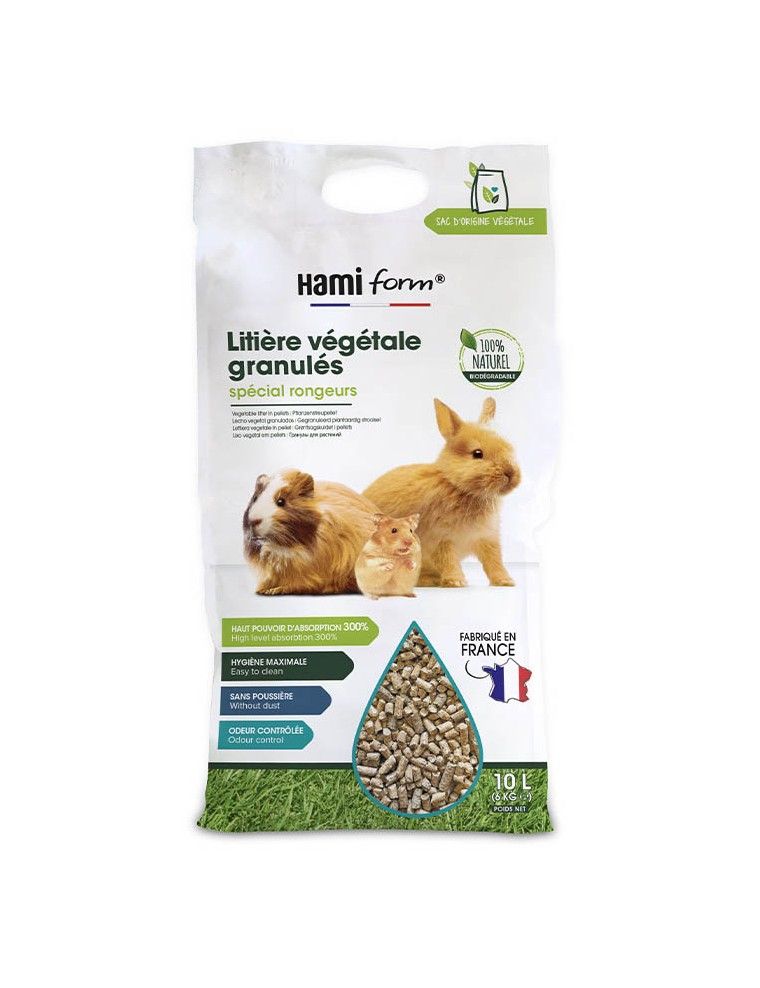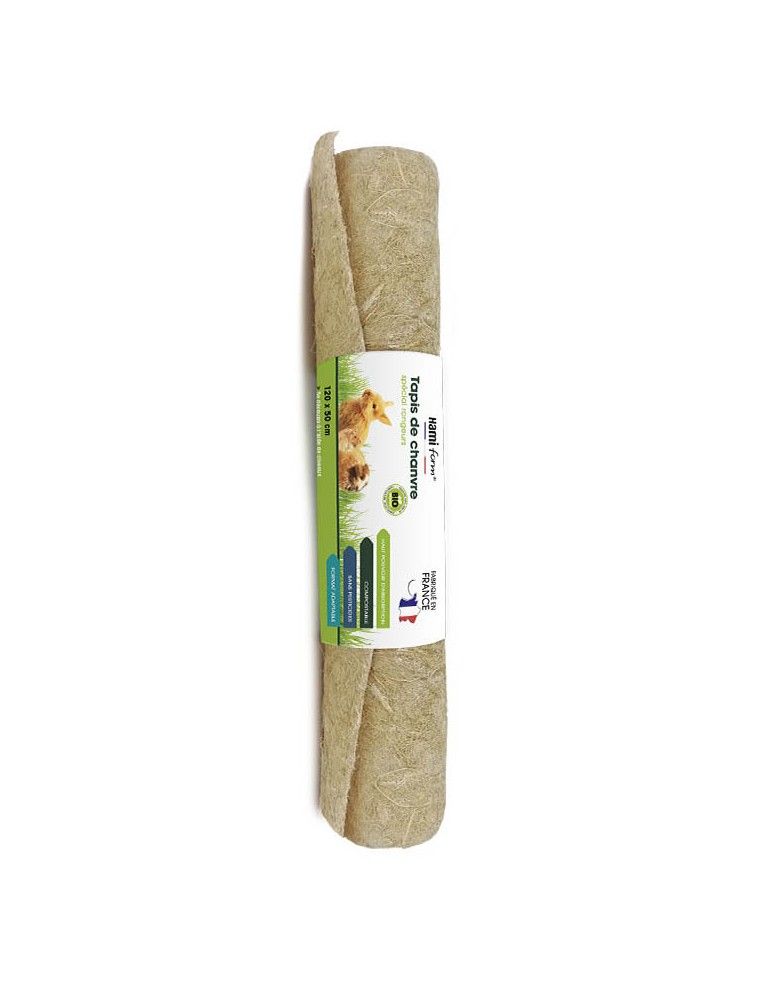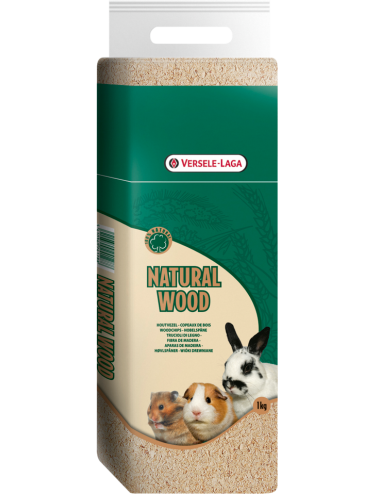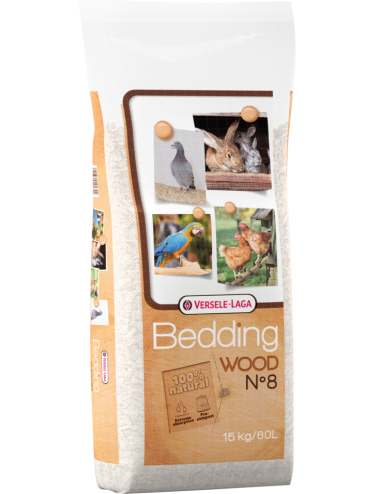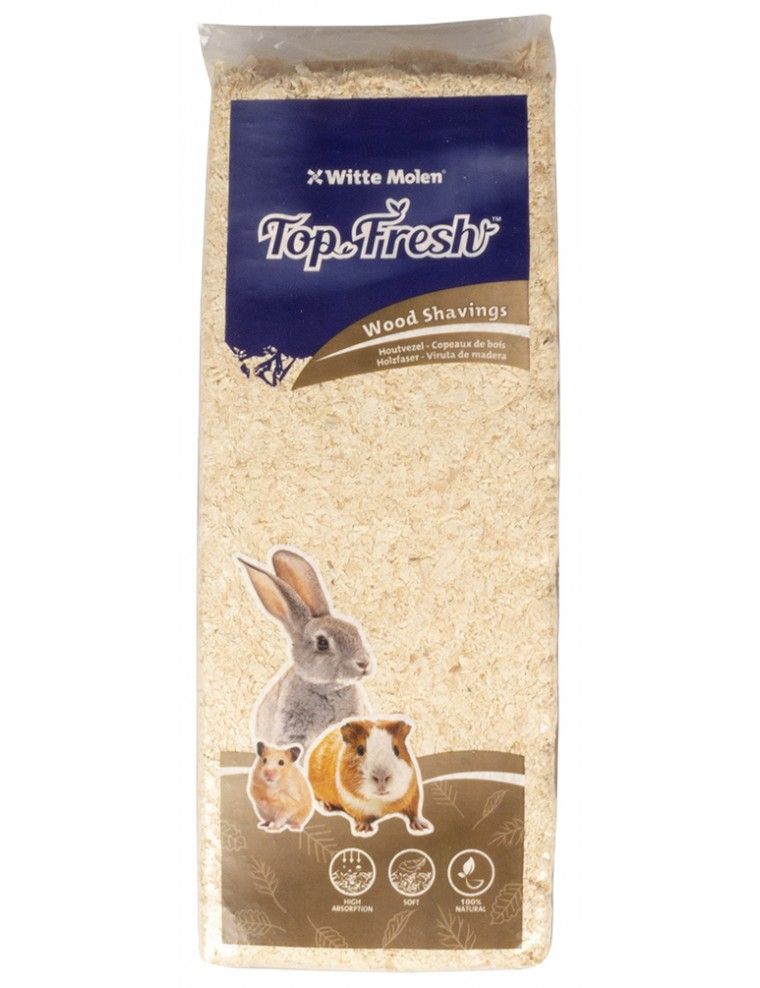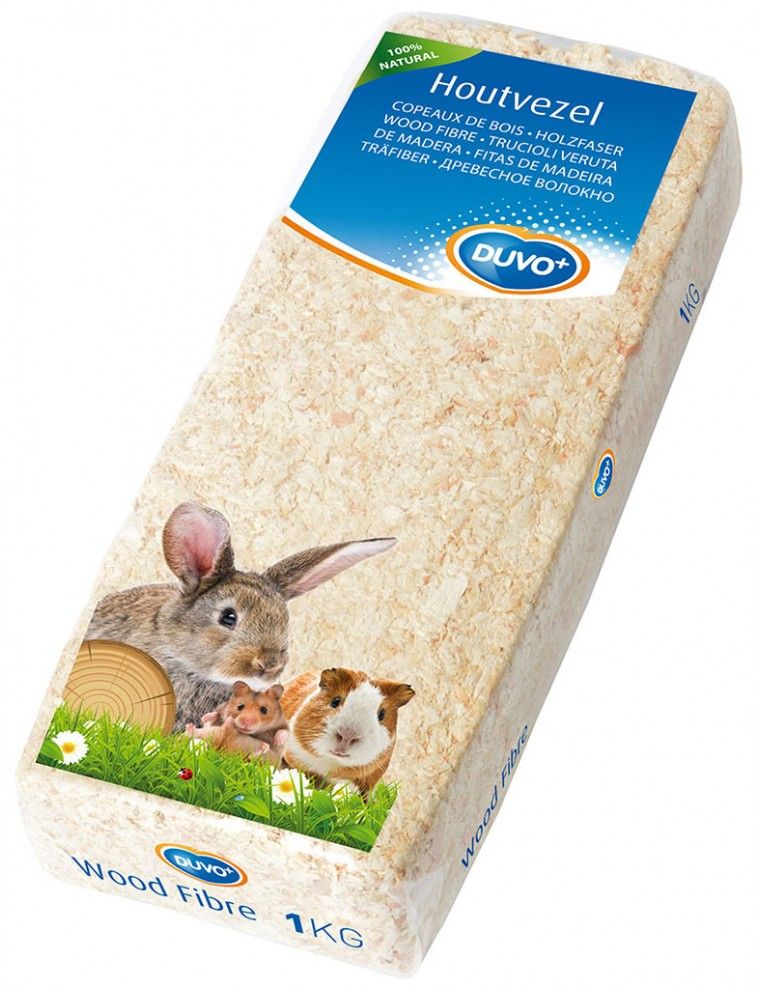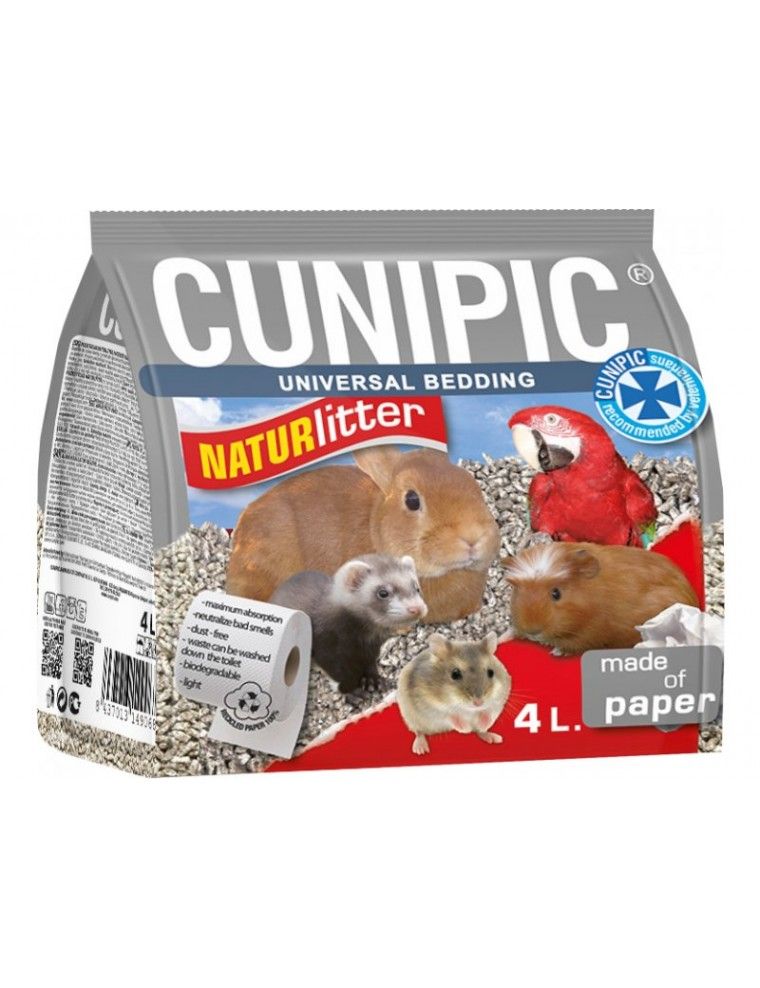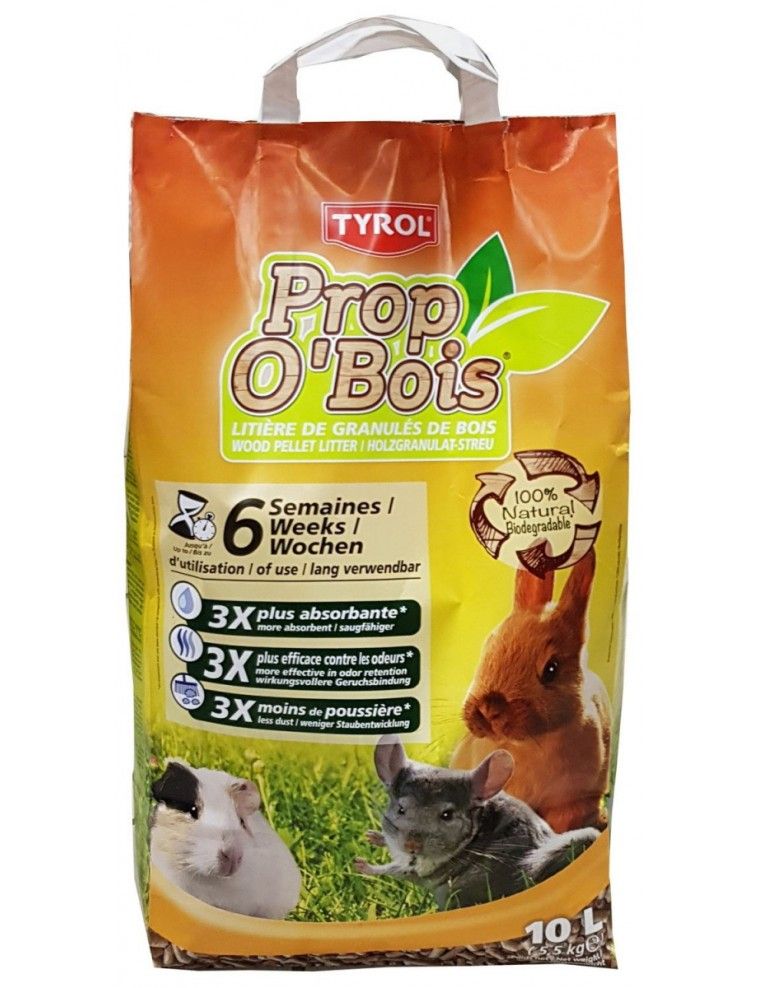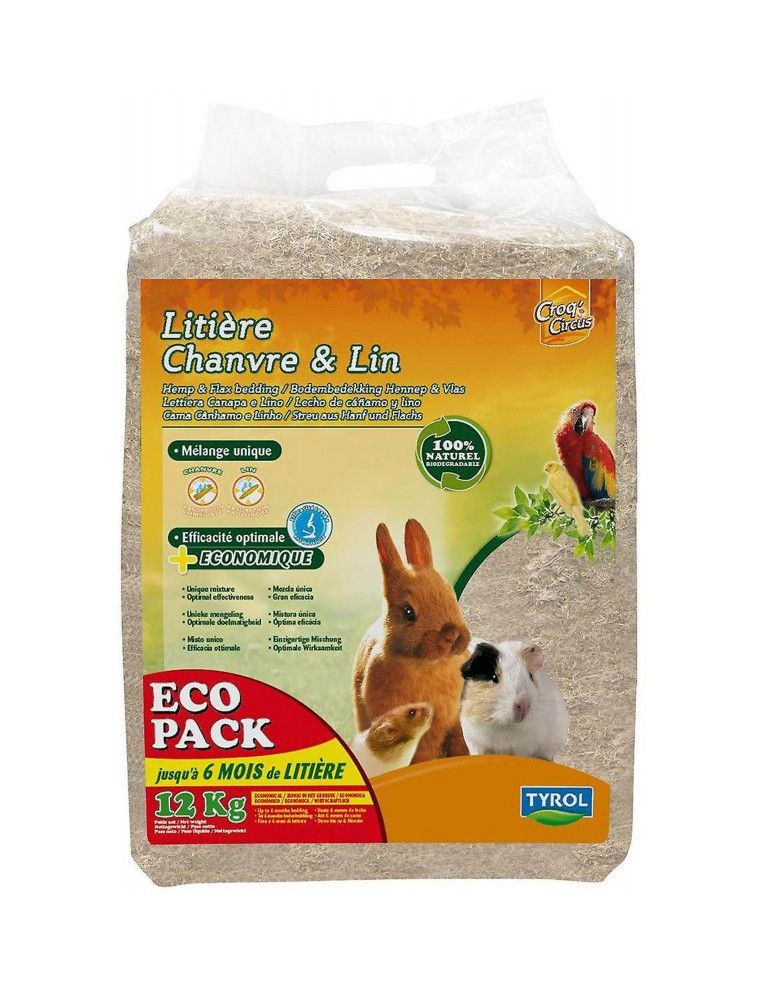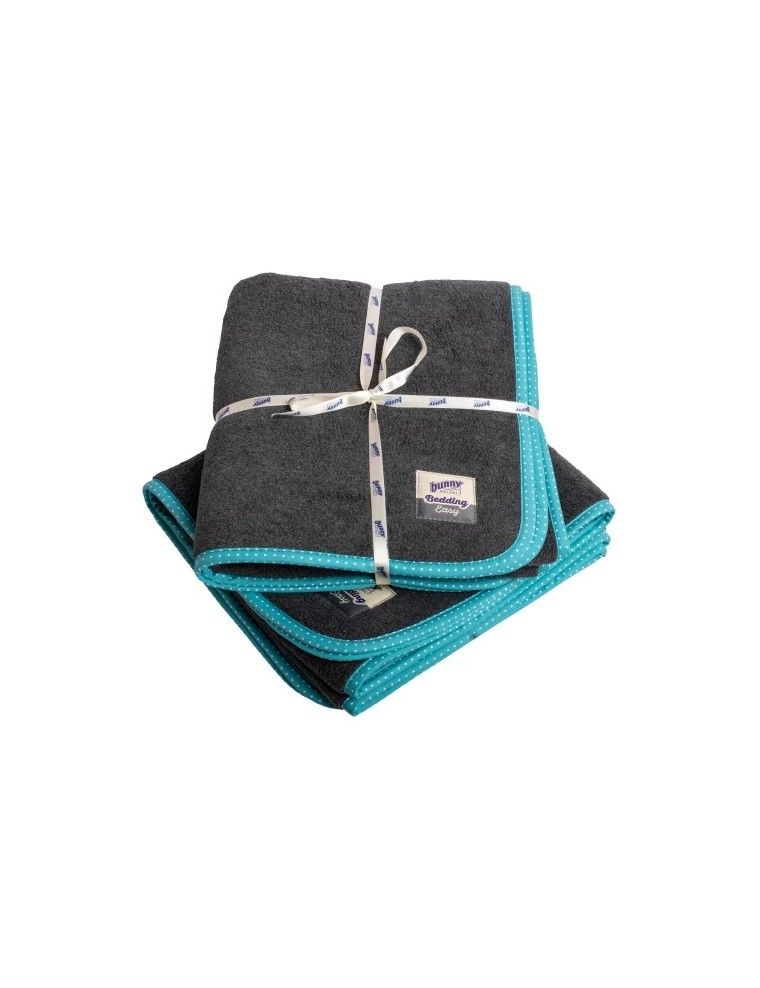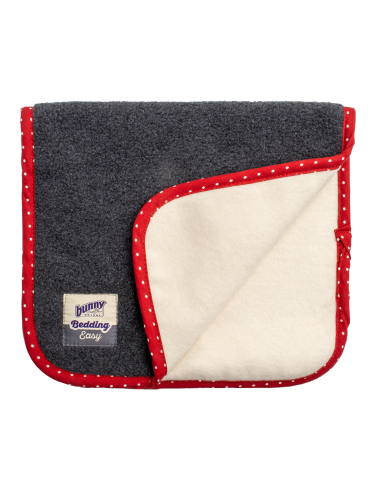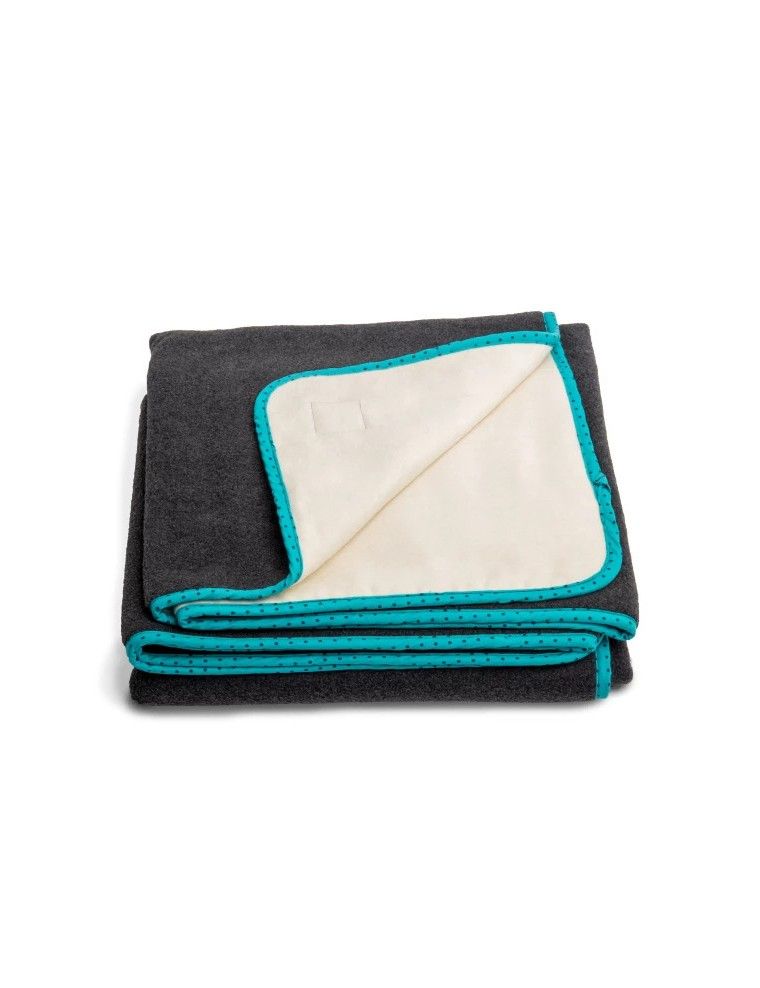- in replenishment
Litter Hamster
A Cozy Bed for Your Hamster
At Le petit rodent, we understand that your hamster's well-being begins with a comfortable and safe bedding. A good bed is not only a place to rest, but also a space for play and exploration where your little companion can express his natural digger instinct. That's why we offer a variety of excavable bedding, allowing your hamster to dig, build tunnels, and have fun while staying active and happy.
Choice of Litter: Natural and Comfortable
The ideal bedding for your hamster should not only be comfortable but also adapted to its digging needs. We offer options like hemp, which maintains its shape to support complex tunnel structures, and other soft interior nest materials, prioritizing your hamster's natural behavior and well-being. Avoiding synthetic fibers, our litters are digestible and safe, reducing the risk of intestinal blockages and ensuring a healthy environment for your companion.
Nesting Materials: Softness and Safety
The choice of nesting materials is crucial for the comfort of your hamster. Our selections favor soft natural materials for the inside of the nest, where your hamster likes to snuggle and sleep, and slightly more robust materials as a second layer to cover the nest entrance. This stratification not only ensures a comfortable nest but also constant occupation, with your hamster always at work perfecting its little haven.
Adapting Litter to the Seasons
Hamsters instinctively adjust their nesting according to the seasons, opting for materials that are warmer in winter and lighter in summer. Providing different types of bedding and nesting materials throughout the year can enrich your hamster's environment, allowing him to choose according to his seasonal preferences. This approach promotes natural behavior and keeps your little friend comfortable all year round.
Hay: A Natural Option for the Nest
Hay is not only a food source, but can also serve as nesting material. Used as the outer layer of the nest, it allows hamsters to build elaborate and comfortable structures. We carefully select our hays to ensure they are suitable and safe for your hamsters, giving them an additional option to create the perfect nest.
At Le petit rodent, our goal is to provide bedding and nesting materials that not only meet your hamster's natural needs but also enrich their daily lives. With our safe, natural, and comfortable options, ensure your hamster has a healthy and happy living space.
Litter
A Cozy Bed for Your Hamster
At Le petit rodent, we understand that your hamster's well-being begins with a comfortable and safe bedding. A good bed is not only a place to rest, but also a space for play and exploration where your little companion can express his natural digger instinct. That's why we offer a variety of excavable bedding, allowing your hamster to dig, build tunnels, and have fun while staying active and happy.
Choice of Litter: Natural and Comfortable
The ideal bedding for your hamster should not only be comfortable but also adapted to its digging needs. We offer options like hemp, which maintains its shape to support complex tunnel structures, and other soft interior nest materials, prioritizing your hamster's natural behavior and well-being. Avoiding synthetic fibers, our litters are digestible and safe, reducing the risk of intestinal blockages and ensuring a healthy environment for your companion.
Nesting Materials: Softness and Safety
The choice of nesting materials is crucial for the comfort of your hamster. Our selections favor soft natural materials for the inside of the nest, where your hamster likes to snuggle and sleep, and slightly more robust materials as a second layer to cover the nest entrance. This stratification not only ensures a comfortable nest but also constant occupation, with your hamster always at work perfecting its little haven.
Adapting Litter to the Seasons
Hamsters instinctively adjust their nesting according to the seasons, opting for materials that are warmer in winter and lighter in summer. Providing different types of bedding and nesting materials throughout the year can enrich your hamster's environment, allowing him to choose according to his seasonal preferences. This approach promotes natural behavior and keeps your little friend comfortable all year round.
Hay: A Natural Option for the Nest
Hay is not only a food source, but can also serve as nesting material. Used as the outer layer of the nest, it allows hamsters to build elaborate and comfortable structures. We carefully select our hays to ensure they are suitable and safe for your hamsters, giving them an additional option to create the perfect nest.
At Le petit rodent, our goal is to provide bedding and nesting materials that not only meet your hamster's natural needs but also enrich their daily lives. With our safe, natural, and comfortable options, ensure your hamster has a healthy and happy living space.
- 4 in stock
- 1 in stock
- in replenishment
- in replenishment
- 4 in stock
- 6 in stock
- in replenishment
- in replenishment
- in replenishment
- in replenishment
- in replenishment
- 5 in stock
- 2 in stock
- 6 in stock
- 4 in stock
- 6 in stock
- 9 in stock
- 3 in stock
- 2 in stock
- in replenishment
- 4 in stock
- 1 in stock
- 4 in stock
- 3 in stock
- in replenishment
- 4 in stock
- 19 in stock
- 8 in stock
- 2 in stock
- 9 in stock
- 5 in stock
- in replenishment
- in replenishment
- in replenishment
- in replenishment
- in replenishment
- in replenishment
Questions / Réponses
Optez pour une litière absorbante et non toxique, comme les copeaux de bois (sauf cèdre et pin, qui peuvent être nocifs), le papier recyclé, ou la fibre de chanvre. Ces matériaux contrôlent les odeurs et sont doux pour les pattes des hamsters.
Effectuez un nettoyage partiel hebdomadaire pour retirer les zones souillées et changez entièrement la litière une fois par mois. Cela aide à maintenir la cage propre et à réduire les odeurs.
La profondeur recommandée de la litière est d'environ 5 à 7 cm pour permettre au hamster de creuser et de construire des tunnels. Assurez-vous qu'il y ait suffisamment de litière pour absorber les déchets et offrir un confort.
Le sable n'est pas recommandé comme litière principale car il n'est pas suffisamment absorbant pour les déchets. Cependant, un bain de sable dans un coin de la cage peut aider votre hamster à nettoyer son pelage.
Oui, la litière à base de papier est une option sûre et populaire. Elle est douce pour les pattes du hamster, très absorbante et moins poussiéreuse que certains autres types de litière, ce qui est bon pour les hamsters ayant des problèmes respiratoires.
Il est préférable d'éviter les litières parfumées car les parfums chimiques peuvent être nocifs pour les hamsters. Pour contrôler les odeurs, optez pour une litière naturellement absorbante et nettoyez régulièrement la cage.
Assurez-vous d'utiliser une litière non toxique en cas d'ingestion accidentelle. Évitez les matériaux petits et fins qui pourraient être ingérés facilement et offrez suffisamment de matériel de nidification et de jouets à mâcher pour détourner l'attention de la litière.
Les copeaux de bois sont généralement sûrs, sauf ceux de cèdre et de pin, qui peuvent libérer des phénols nocifs pouvant affecter la santé respiratoire des hamsters. Préférez les copeaux de bois durs ou les alternatives comme le papier ou la fibre de chanvre.
Il est préférable de remplacer toute la litière lors du nettoyage pour assurer un environnement propre et sain. La réutilisation de litière non souillée peut sembler économique, mais elle peut conserver des odeurs et des bactéries.
Évitez les litières à base de cèdre et de pin, les litières parfumées, et les matériaux non absorbants comme le sable ou les granulés de plastique. Ces matériaux peuvent être nuisibles à la santé ou au bien-être de votre hamster.

